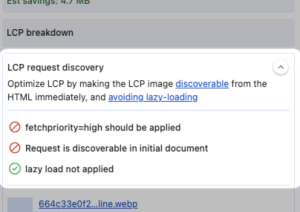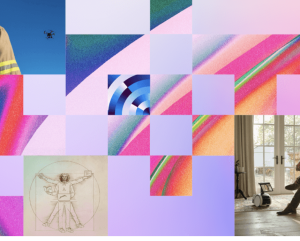Redesign Onboarding Flows using Causal Chain Thinking
Most onboarding doesn’t fail because steps are unclear — it fails because workflow thinking ignores how people actually make decisions under uncertainty. Causal Chain Thinking uncovers the beliefs, emotions, and risks that drive or block progress. This lesson shows you how to design onboarding that builds confidence, reduces hesitation, and moves customers forward from the very first interaction.










